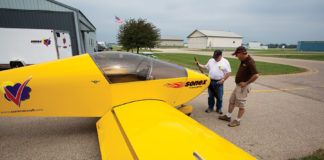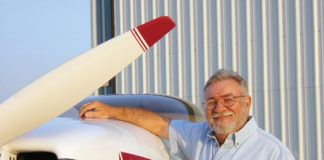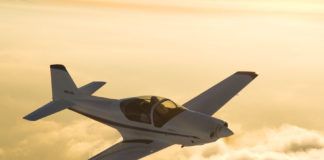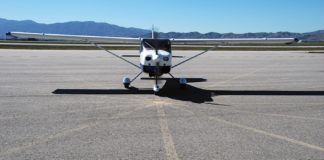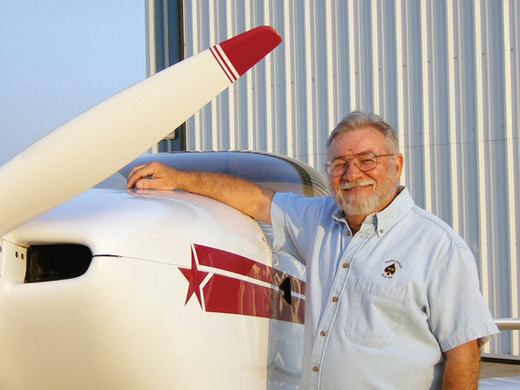
Question: I’m unclear about something in AC 90-116, the advisory circular for the Additional
Pilot Program for Phase I Flight Testing. After completion of the Aircraft Initial Test (AIT) by the Qualified Pilot (QP), can a Builder Pilot (BP) of the test aircraft who does not hold a current medical certificate function as an Observer Pilot (OP) during Phase 1 testing if the duties performed do not include PIC, and he or she is accompanied by the same QP that completed the AIT?
Answer: Thank you for your question. AC 90-116 is confusing at best. To operate under AC 90-116, the Observer Pilot must meet the requirements listed in the OP Worksheet. The qualifications listed state that the OP must “have at least a recreational pilot certificate with the appropriate category and class ratings for the aircraft, and have received all necessary endorsements, as required per 14 CFR part 61, 61.31, appropriate to the test aircraft. For Light Sport aircraft, have at least a Sport Pilot certificate and the appropriate logbook endorsements for the category and class of the aircraft to be flown, as required by 61.317.” It goes on to list a current flight review and recent flight experience.
The way I read this is that you are required to hold a current medical to act as Observer Pilot in an aircraft that otherwise requires one. In other words, if your aircraft requires a recreational pilot certificate or higher, that certificate is not valid without a current medical certificate.
Question: How does an E/A-B builder demonstrate that his aircraft is in compliance with LSA standards for flight speed and can be flown by a Sport Pilot? Placards? POH? Something else?
Answer: There is no defined method for proving these parameters. It would be up to whomever you are trying to convince. About the only thing you can do is to make logbook entries showing that the aircraft complies. This at least shows an honest effort on your part to prove compliance as best you can. To my knowledge, no one has ever been challenged, and I can’t imagine it happening except in a very extreme situation.
Question: I am planning to buy a Dyke Delta in North Carolina that is nearly complete, but has not flown yet. (It has had high-speed taxi tests.) What are the potential certificate pitfalls involved pertaining to the 51% rule? I plan to inspect, purchase and trailer the aircraft back to my home in Spokane, Washington.
Answer: As long as you can show that the aircraft was at least 51% amateur-built, there shouldn’t be a problem. To show this, you will need to present a builder’s log showing some kind of chronological order of the build. You will have to present a notarized eligibility statement, FAA Form 8130-12, swearing that the listed builders performed the building process for education or recreation. All commercial assistance must be listed on this form, and if any was received, you must fill out the Amateur-Built Aircraft Fabrication and Assembly Checklist (2009) found in appendix 8 of AC 20-27G to show actual amateur-built status.
Please send your questions for DAR Asberry to [email protected] with “Ask the DAR” in the subject line.
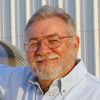
![]()
Mel Asberry is an experienced Designated Airworthiness Representative specializing in Experimental/Amateur-Built aircraft. He and his wife, Ann, have built seven amateur-built airplanes including two ultralight types, a Moni Motorglider, a Dragonfly Mk2, two RV-6s and a Zenair CH 601HDS. They are currently building a scratch-built biplane.







